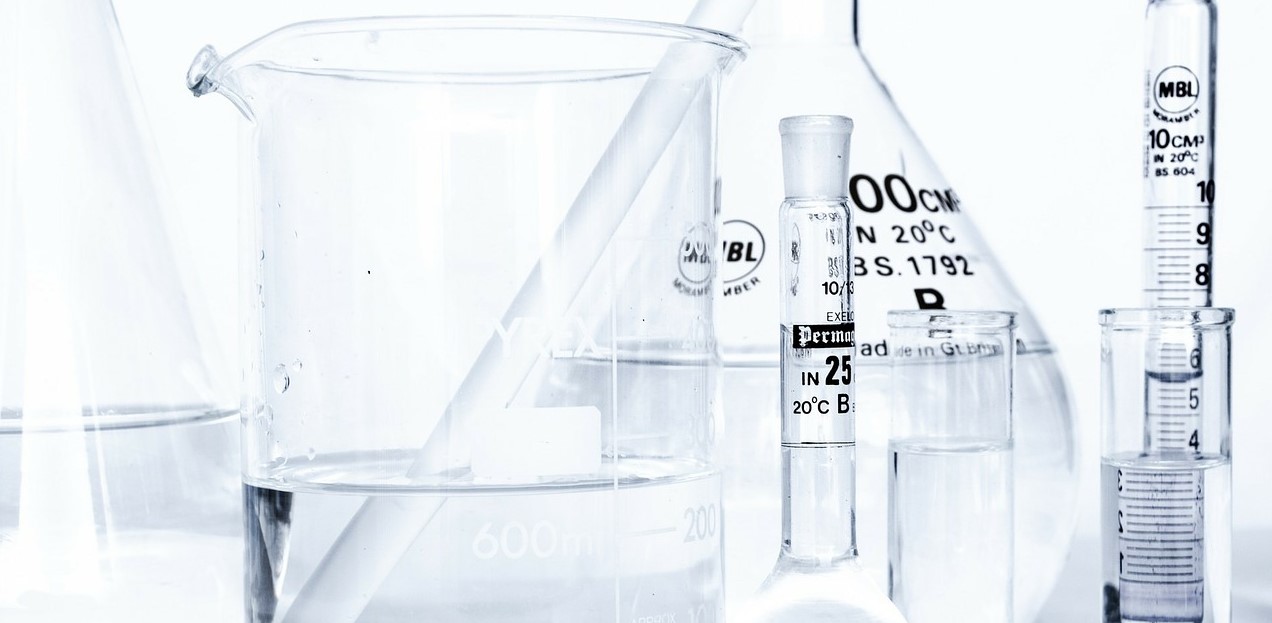Serratia marcescens, the “Flame” Strain: The Genesis of a New Variant A Newly Described Strain with Prolific Pigment Produced at High Temperature
Publication Title
Answers in Genesis
Publication Date
6-19-2018
Major
Biology
Faculty Mentor
Dr. Alan Gillen
Disciplines
Biology
Citation
Gillen, A.L., Morgante, M., Augusta, M., & MacKay, R. (2018). Serratia marcescens, the “Flame” Strain: The Genesis of a New Variant A Newly Described Strain with Prolific Pigment Produced at High Temperature. Retrieved from https://answersingenesis.org/biology/microbiology/serratia-marcescens-flame-strain-genesis-new-variant/
Abstract
Serratia marcescens, a Gram-negative, rod-shaped, facultative anaerobe (Fig. 1), is ubiquitous in water, soil, and natural settings. It is easily grown in the lab and may serve as an ideal model for adaptation studies because of the natural color variation of S. marcescens (Gillen 2008). In this paper, we describe a new variant with prolific pigment (prodigiosin) production at high temperatures. In the wild and in buildings, S. marcescens is noted for the production of a bright red pigment called prodigiosin (Williams 1973). We have found a new strain that appears to have adapted to a relatively new pond system called Liberty Library Lake. It produces pigment up to 40°C without any enrichment to media. Most wild-type strains, like NIMA, produce pigment normally up to 30°C, but with extensive enrichment, wild-type strains can produce pigment up to 40°C. This new strain, called the “Flame” strain, not only produces prodigiosin to 39–40°C but also in higher abundance at 35°C and at a brighter hue. NIMA strains can produce pigment at 39–40°C with Serratia Synergy Agar (glycerol, peptone, agar) but not on TSA nor any common agar. It takes significant enhancement for any other Serratia marcescens strains to produce pigment even at 35°C.
The Flame strain’s brief appearance in a local, small lake appears to be a phenotypic diversification and adaptation to an environmental perturbation this past school year. The environmental stress prior to its appearance was an autumn drought. Eventually, heavy rainfall occurred and the new strain was discovered. Its appearance coincided with an unusually high abundance of coliforms, avian Giardia, and Cryptosporidium, along with chemical treatment of the lake. The unusual conditions seem to favor a rapid phenotypic diversification and adaptation. The new strain still retains the pigment production at nearly 10°C higher for “normal” prodigiosin production by wild-type Serratia marcescens. This genesis of this new strain seems to have occurred as special conditions favored this new variant. It may be closer to a “proto-type” (ancestral) strain than to more common wild-type strains, like NIMA and BS303. It appears that most wild-type strains, like NIMA and BS303, may have lost this information over time since added enrichment is necessary to produce pigment at 39–40°C. The unusual conditions may have selected for this newly adapted strain to be common for a short time. Also as conditions returned to “normal,” a common wild-type strain reappeared at the local lake, and the Flame strain was no longer found.
The objective of this article is to explain the mysterious origin of a new strain of Serratia marcescens that produces prodigiosin up to 40°C without any enrichment to media. This strain can naturally produce prolific pigment that is a bright, flame-red. Since Serratia marcescens offers protection from other microbes, UV light, and drought, it is a wonderful example of intelligent design commonly seen in the microbial world.




Comments
We wish to express our appreciation to Dr. Greg Raner for helping us with the chromatography work and also to Dr. Georgia Purdom for both pioneering the concept of adaptive mutations from a design point of view and her providing feedback on this manuscript.